Latest Reports
-

RPA – Hype or Hope?
Robotic Process Automation (RPA) technology is finding new traction in the CIO community as a new weapon in todays digital transformation war chest. Automation with RPA promises increased efficiency, accuracy and cost savings. However, the case for RPA is not always straight forward. Companies that want to embrace automation should carefully assess their operations and evaluate their options before jumping on the RPA bandwagon.
November, 2016
-

Enterprise SaaS Providers Step Up Security Measures
The massive Distributed Denial of Service (DDoS) attack on Oct. 21 has some nervous cloud computing customers worried about the changing threat landscape and asking questions of their enterprise software-as-a-service (SaaS) providers. In this Research Byte, we review some of the stepped-up security measures of some enterprise SaaS providers.
November, 2016
-

ERP Investment Strong Despite Poor Success
Companies are continuing to invest in ERP systems at a strong rate, despite persistent disappointment with cost overruns and low return on investment associated with ERP implementations. In this Research Byte we review the adoption and customer experience profile for ERP systems.
October, 2016
-

HCM Fertile Ground for Data Science
Human Capital Management (HCM) is turning out to be fertile ground for providers to develop use cases for data science. The recent HR Technology conference provided an excellent opportunity for us to learn about the offerings of six HCM providers that are embedding data science in their products and services. We conclude with ideas for future use cases that go beyond managing employee attrition and other early applications.
October, 2016
-

New AI Offerings Make It Clear: Stop Investing in Big Data
Rapid advances by tech vendors mean that big data capabilities are becoming more readily available to companies of all sizes. However, even though most companies can now invest in big data doesn’t mean that they should. In this Research Byte, we explain why.
October, 2016
-

Governance Transformation: How To Manage Ecosystems of Relationships in the New Digital Enterprise
A Digital tsunami is sweeping through the industry, forged by the convergence of changing consumer patterns, evolving business models and rapid technology shifts. Digital transformation is affecting each industry, albeit to different levels. As businesses transform and implement digital transformation, what changes need to happen internally, and structures put in place to change the way suppliers are governed? Listen to the webinar How to Manage Ecosystems and Relationships in the New Digital Enterprise with Avasant Partner, Carlos Hernandez to gain more insights.
October, 2016
-

Microsoft Rolls Out New Cloud Suite, Dynamics 365
Microsoft is now rolling out its ambitious, Azure-hosted Dynamics 365 business applications. The new integrated suite melds Office 365 with the company’s CRM, ERP, Power BI, Cortana, and other offerings into one cloud service with new apps to help manage specific business functions. This Research Byte provides an overview of the new offering along considerations for buyers.
October, 2016
-

The Evolution of Airports and Key Drivers for Transformation
Major airports have evolved from being merely the beginning and end of journeys, to being an integral part of the socioeconomic engine which drives regional growth. This shift has been driven by the emergence of four forces; externalization of airport profiles, internal focus on airport operations, changes in strategic and financial drivers and increasing constraints by regulatory and law enforcement requirements.
September, 2016
-

5 Levels of an Airport Revenue Strategy
Airports can drive ancillary revenues by following five key levels of business innovation; Passive Consumer Segmentation, Consumer Push Based on Consumer Segmentation, Individualized Consumer Integration, Passenger Flow Management and Operations Flow Management. Airports can choose from passively segmenting consumers based on a broad mapping of services to targeting specific consumer segments based on demographic/behavioral factors to define services for specific consumer segments.
September, 2016
-

Digital Business Transformation for Airports
A Digital tsunami is sweeping through the industry, forged by the convergence of changing consumer patterns, evolving business models and rapid technology shifts. Digital transformation is affecting each and every industry, albeit to different levels.
September, 2016
-

Cloud ERP Providers Expanding Their Offerings
Traditional providers of ERP systems typically sought to expand their functional footprint to include complementary applications outside of core ERP. Now cloud ERP vendors are adopting a similar strategy, bringing significant benefits to buyers.
August, 2016
-

Computer Economics Appoints New Vice President of Research
Computer Economics announces the appointment of David Wagner as Vice President Research. Dave assumes the responsibilities of John Longwell, who is retiring but will continue to serve in an advisory capacity as Vice President Research, Emeritus.
July, 2016











